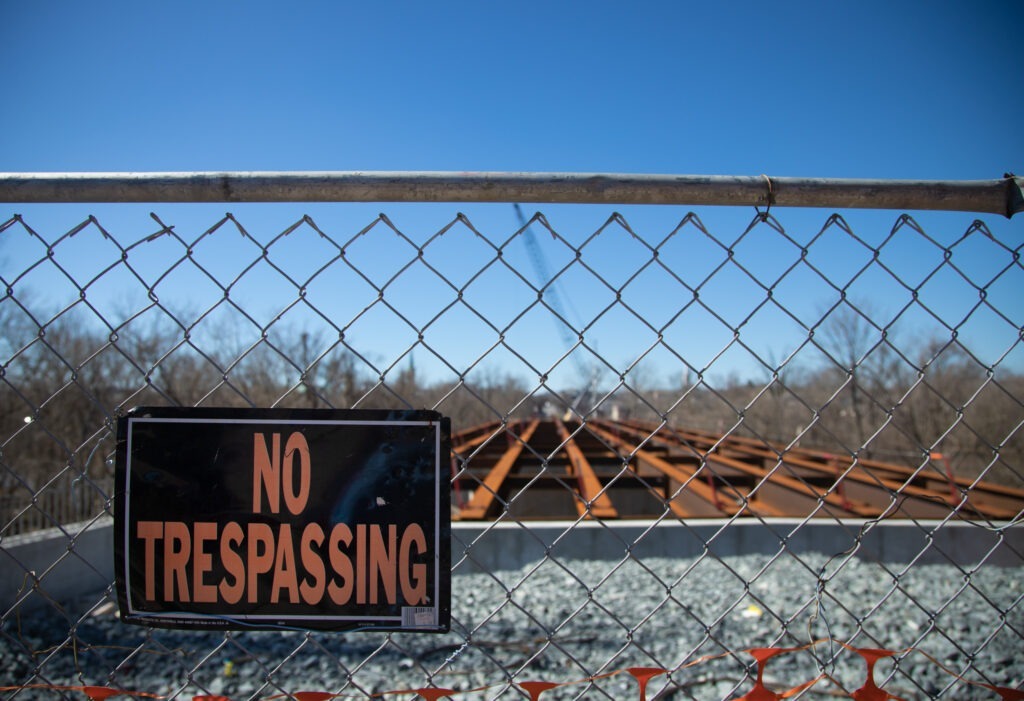Bridge closure gives commuter students traffic trouble
3 min read
The Chatham Bridge is located on Route 3 between William Street and Kings Highway | Emily Warren B&G
JOHN MONAGHAN
Staff Writer
Students choose to go to college in their hometown for many reasons.
Some don’t feel like moving far away from family, some want to skip out of room and board prices and live at home.
For many UMW students that hail from Stafford County and the surrounding areas, the Chatham Bridge route has always been a nice little shortcut to get to campus to avoid Route 1 traffic.
On June 22, 2020, that route was effectively taken away for the foreseeable future.
The Virginia Department of Transportation website states that the bridge is to remain closed through October of 2021, leaving lasting implications and insecurities regarding commuter students.
For commuters coming from the Stafford Area, the Route 1 intersection with Route 17 and Warrenton road has been a traffic hotspot ever since Chatham’s closure in June.
“You never know if it is going to take two or 20 minutes to get across the bridge,” said senior Brandon Davis.
This uncertainty leaves commuters at a disadvantage to their on-campus counterparts. On test days, some commuter students must leave an hour earlier than they normally would, missing out on last minute studying, just in case the bridge is backed up and it takes them longer to get to campus.
Not only does Chatham’s closure block up the Route 1 bridge, it also blocks the detour route that takes students down and around the backway into downtown Fredericksburg. The main highway that runs through Stafford and Fredericksburg and the backroads both present uncertainties.
Davis has found that his usual commute has increased from 20-25 to nearly 40 minutes. This still doesn’t deter from his decision to become a commuter student.
“I don’t mind the drive to school, even with the time added on. I live relatively close to campus and it saves so much money in the long run. All that I have to do is plan for the traffic everyday and I haven’t had much trouble with it since.”
UMW has a vast number of commuter students, with at least 45 percent of the student body living off-campus. This means that this is an issue that affects a large portion of the student body. Yet in many cases, these issues are commonly overlooked when it comes to the day-to-day of classes.
Many professors count you absent if you show up after a certain point of time. In many cases, commuter students can’t control the traffic flow of the surrounding area and are marked absent due to things out of their control.
Davis hasn’t come into contact with this scenario yet. However, there are a number of commuter students that live as far as Culpeper or Northern Virginia.
“Leaving on time every day has become more important than ever,” said senior Ryan Godfrey.
Godfrey says that this is just another source of stress in his life. He has to plan his commute according to traffic that wouldn’t have been there in past semesters.
“I’ve been late to a class a couple of times, I usually just have to plan to leave earlier than I would like to,” said Godfrey. Penalties for absences haven’t really come into play for Godfrey, but he sees how that could be an issue.


